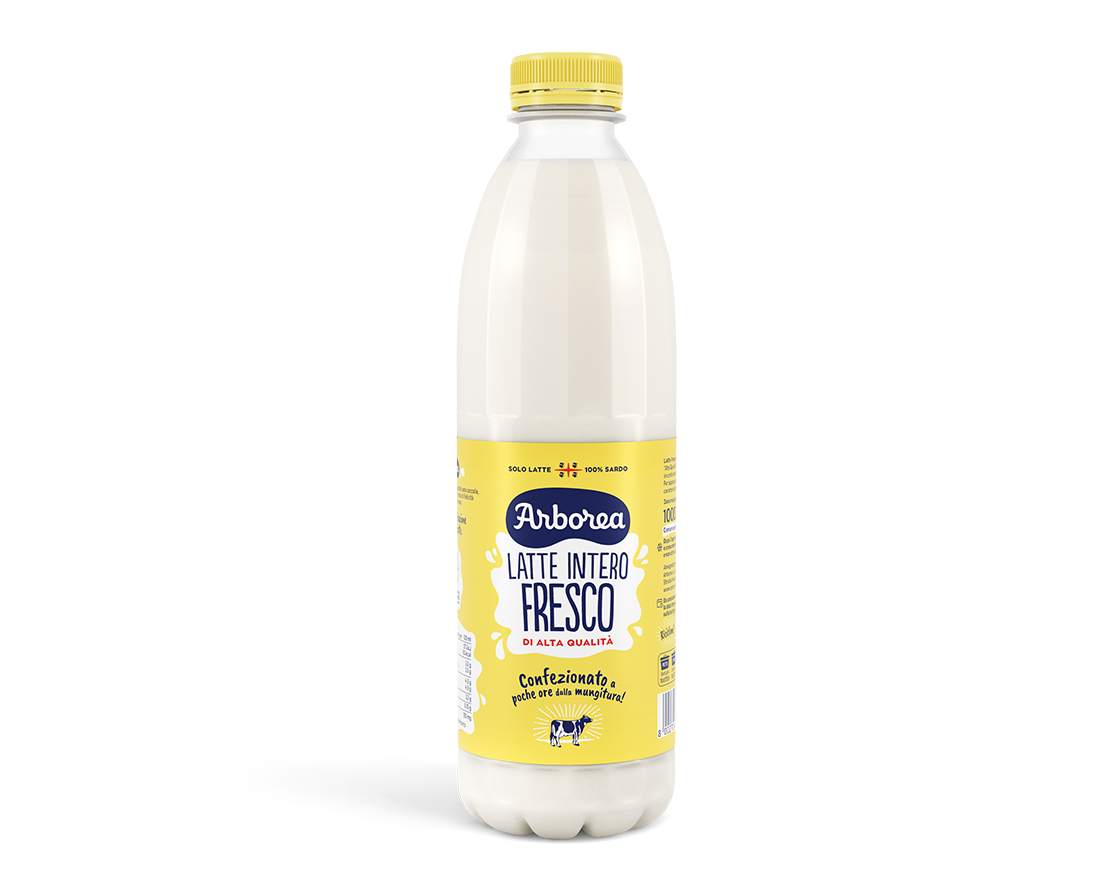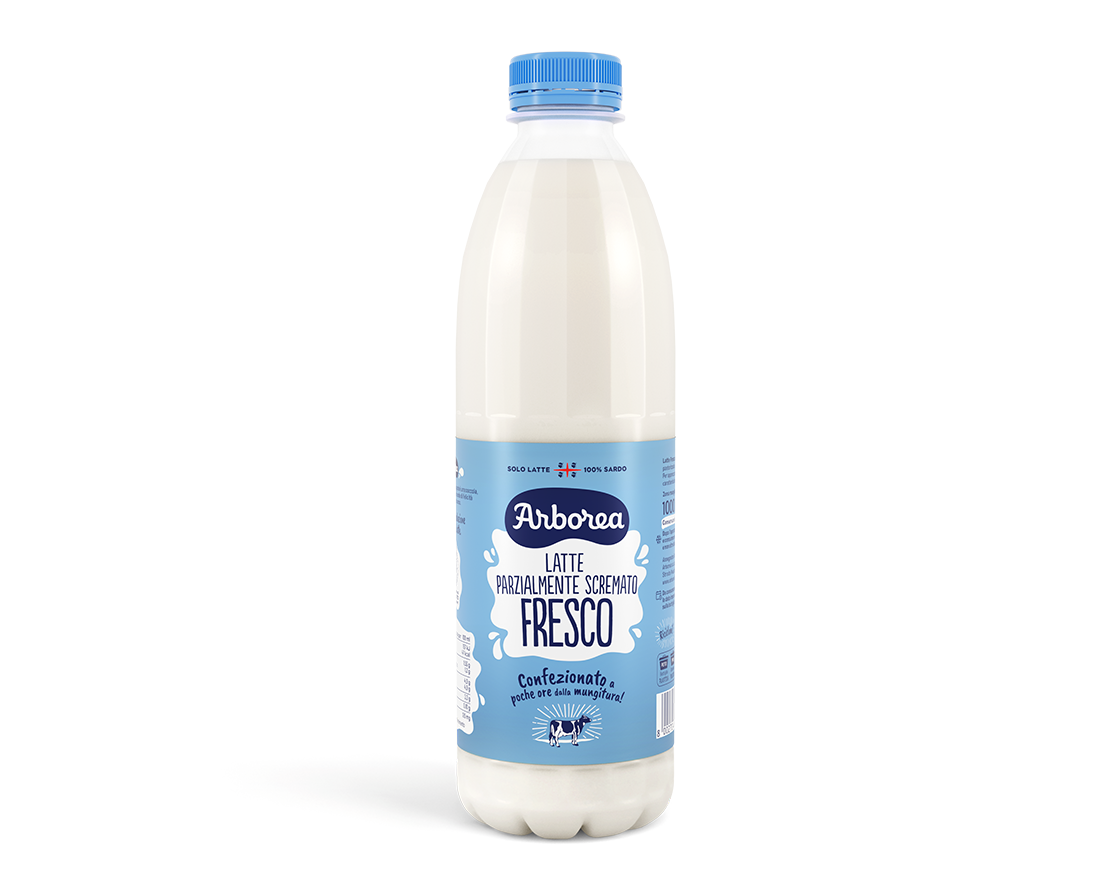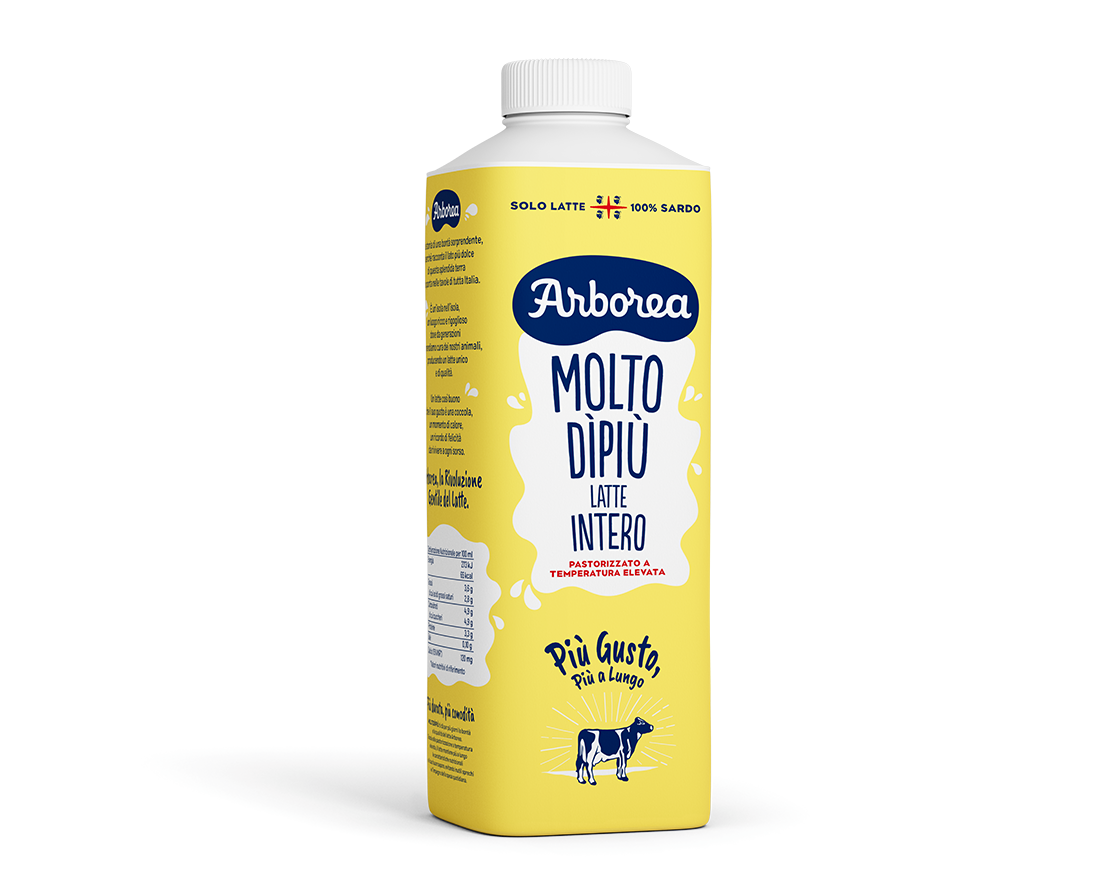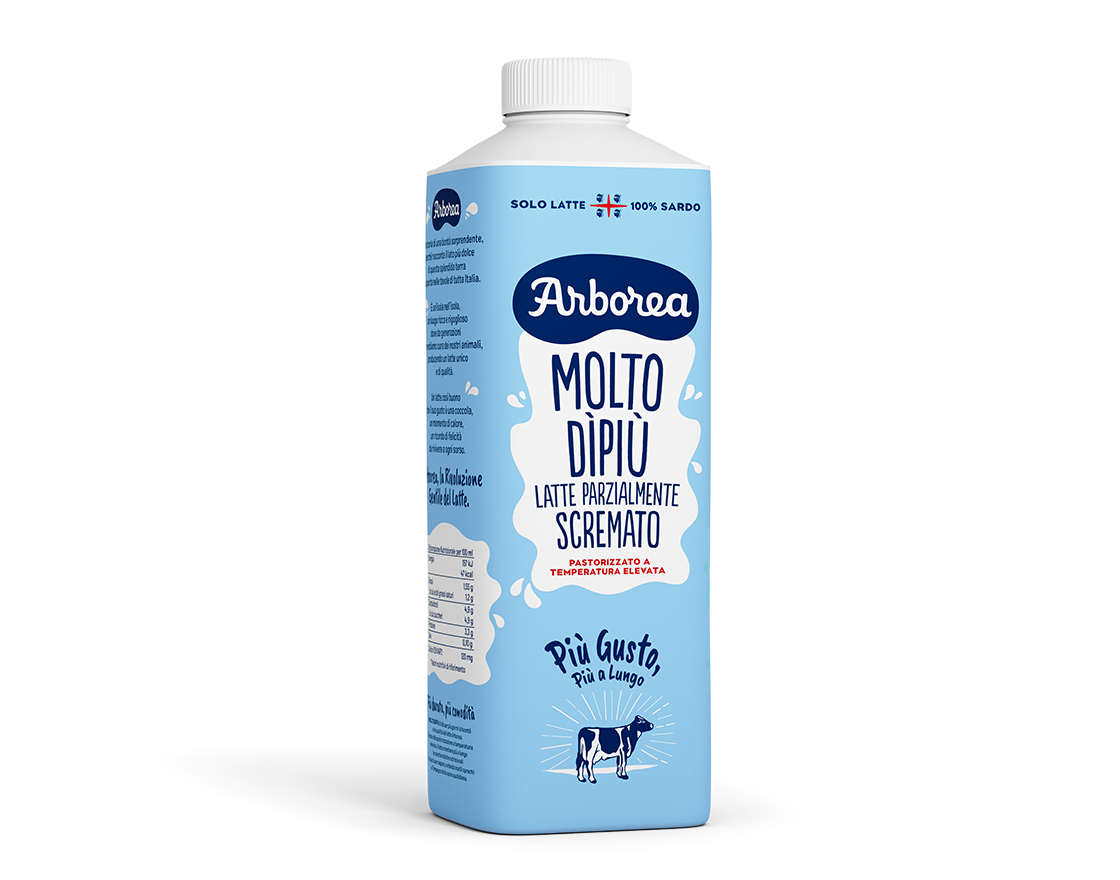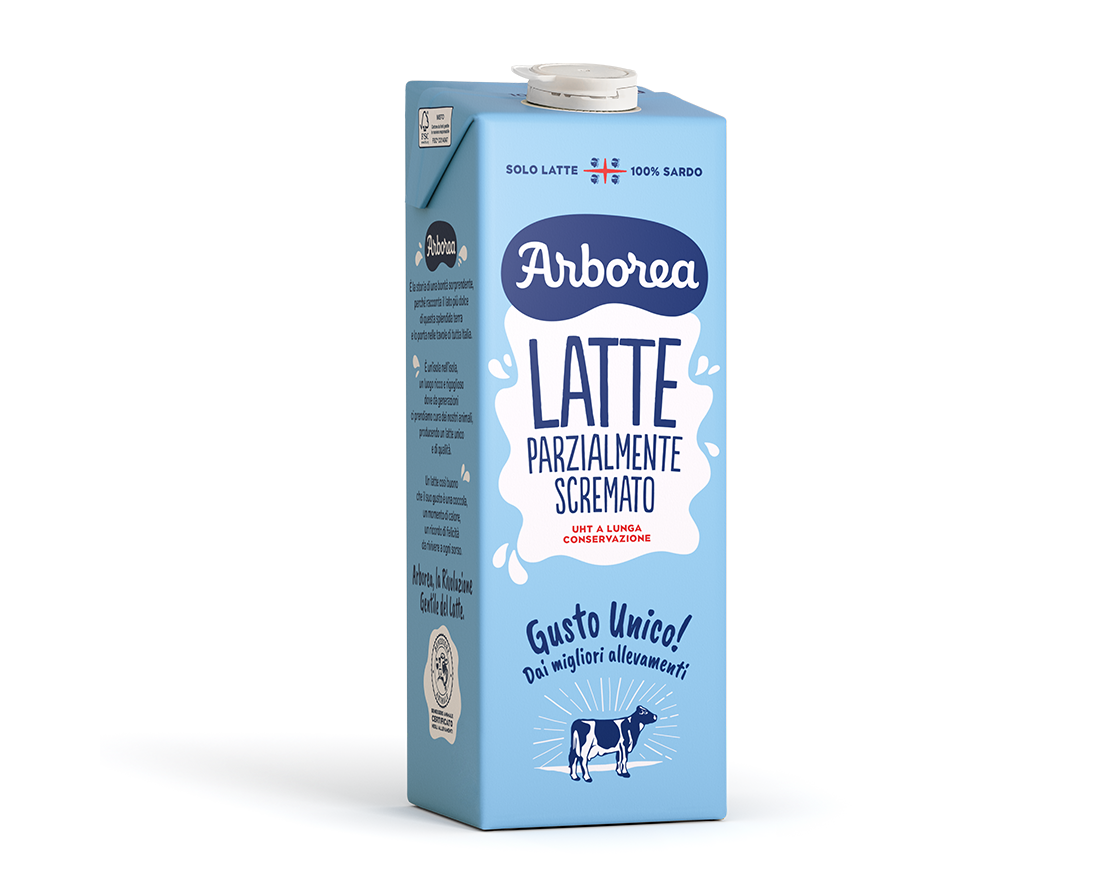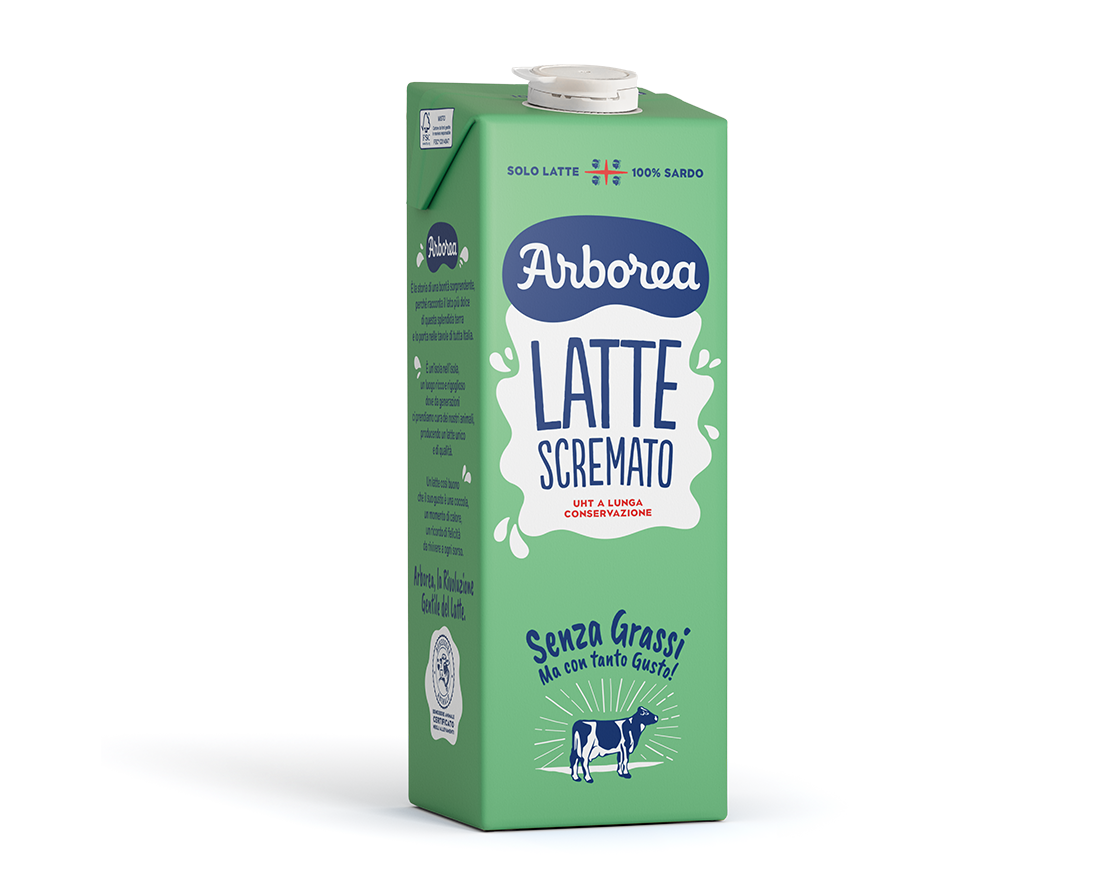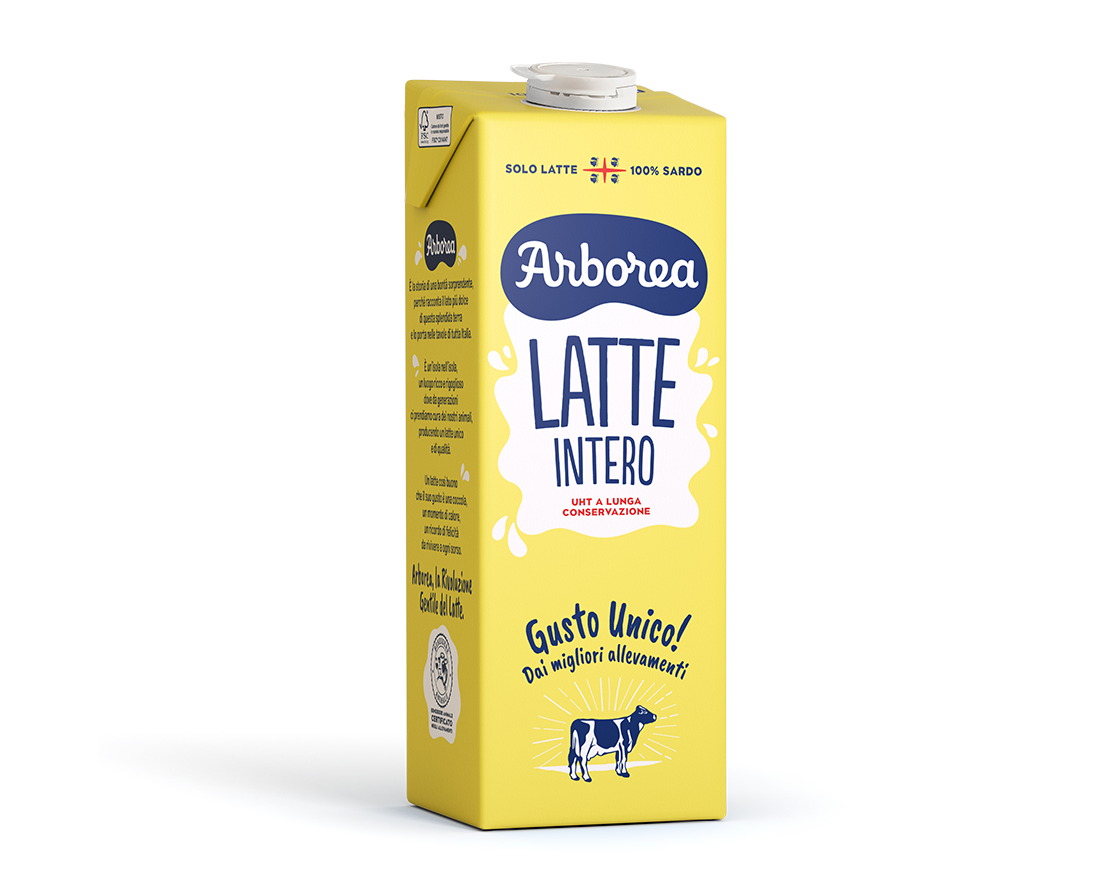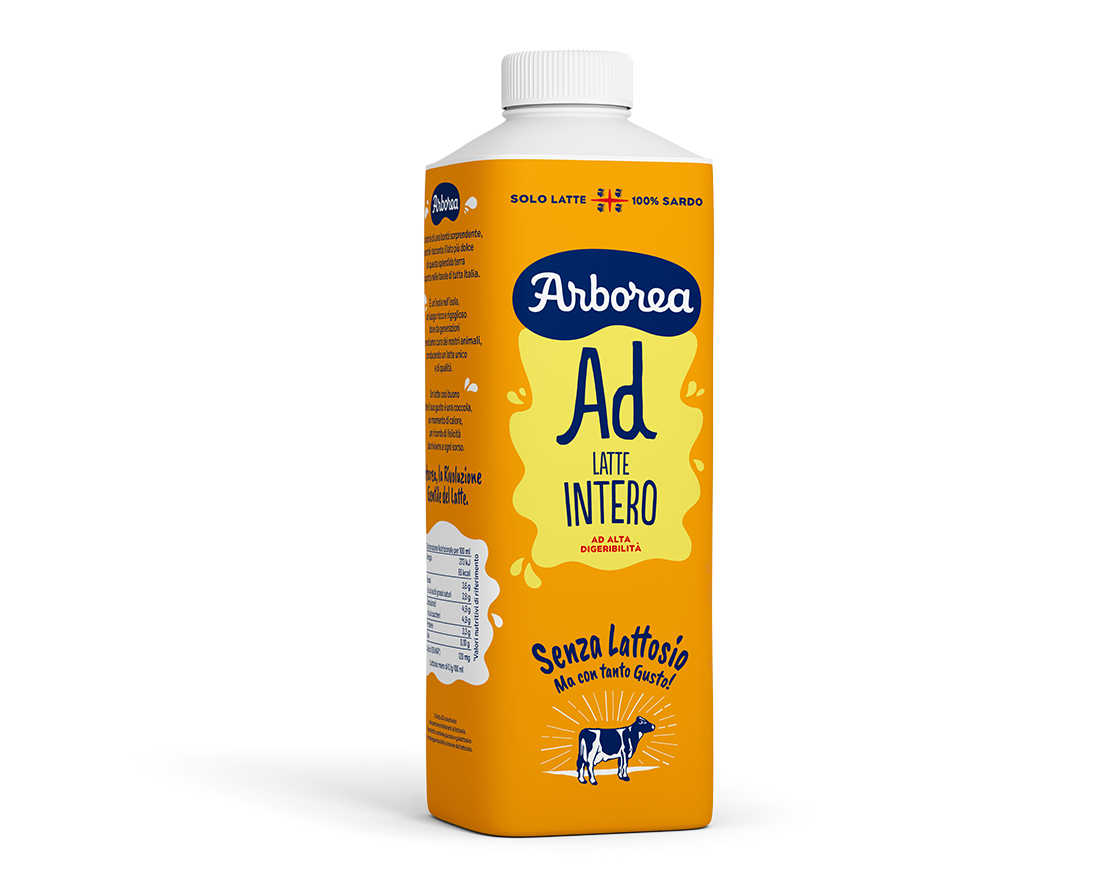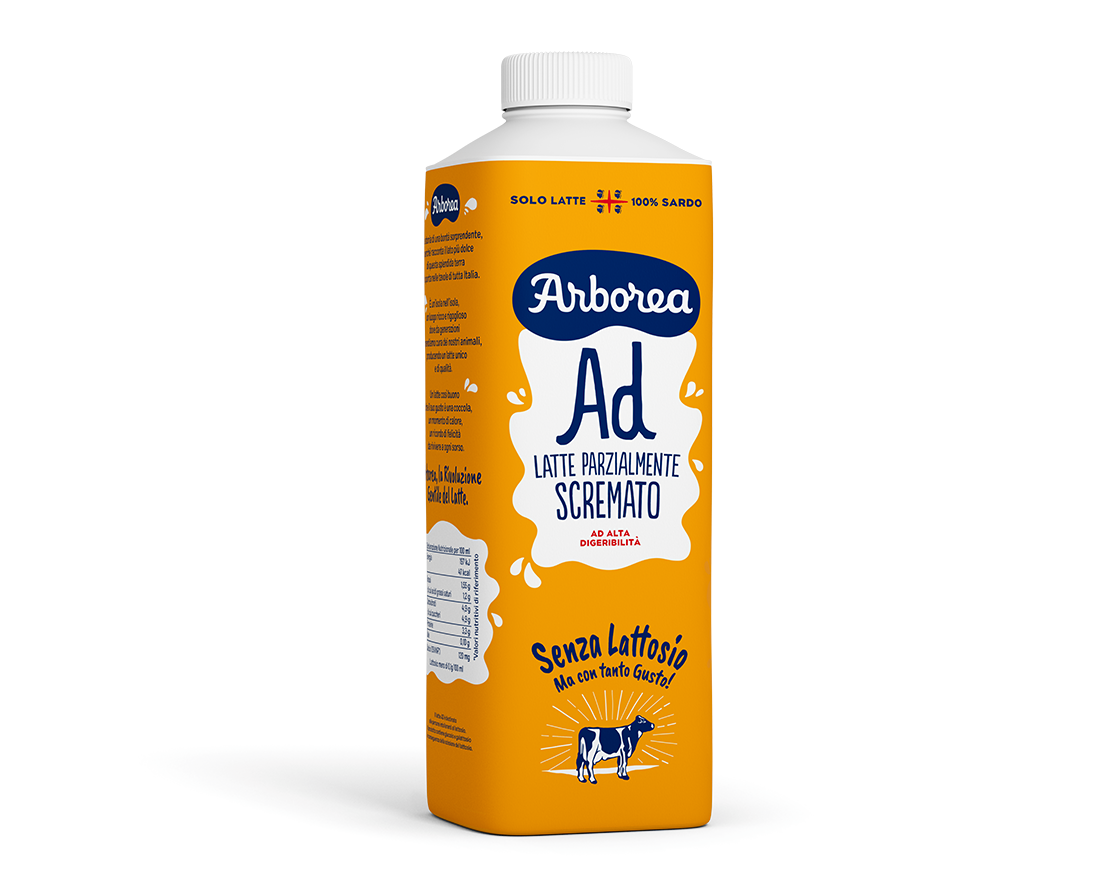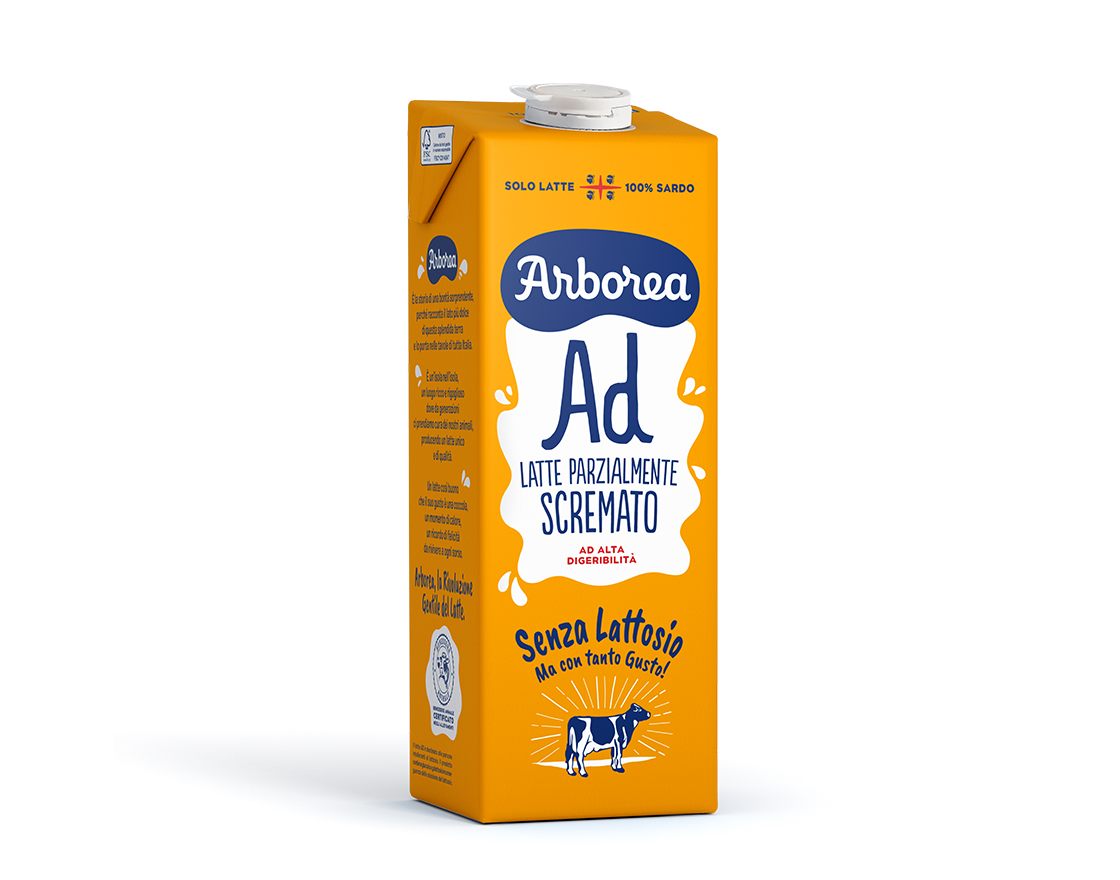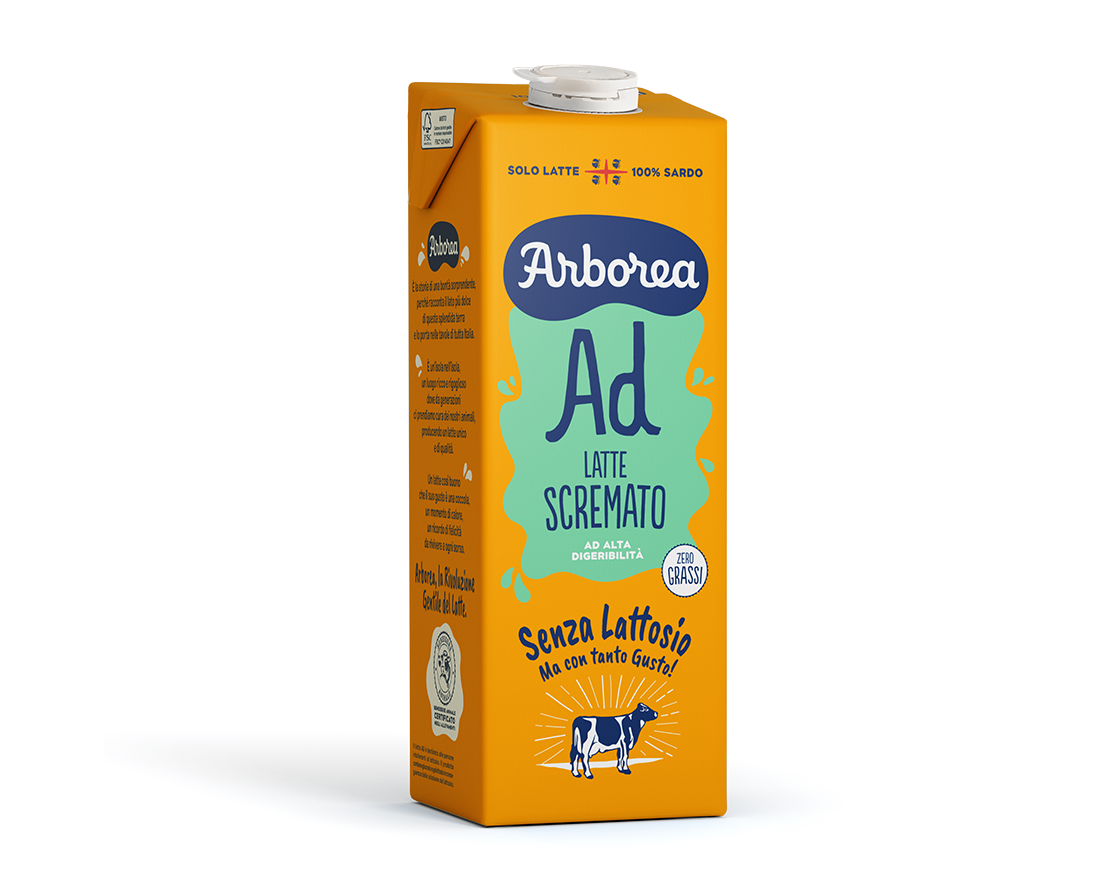
reading: 7 min
Milk proteins: functions, benefits, and contraindications
Milk and its nutritional components
White, fresh, delicious: raise your hand if you love milk! This food has an ancient history and has always been consumed by humans. Thanks to its characteristics, it is considered one of the most complete foods and has numerous health benefits .
In the Food Pyramid, it is listed among the foods we should consume daily: for our well-being, we should consume at least one serving of milk or dairy products a day, but the guidelines even recommend 2-3 servings a day to ensure the right intake of calcium and mineral salts.
But let’s take a closer look at the nutritional properties of milk: read this short guide to discover everything you need to know about this drink!
The organoleptic and nutritional properties of milk vary greatly depending on several factors, such as the level of skimming and the animal it comes from. We’ll focus on cow’s milk , which is the most common worldwide; but there are also other types, such as goat’s milk , sheep’s milk, buffalo milk, and donkey’s milk, all of which are tasty and healthy.
Milk is a product that falls into the fundamental food group because it is rich in high-biological-value proteins , vitamins, and nutrients. It contains mainly saturated fatty acids, calcium , phosphorus , and minerals such as zinc and selenium. As for vitamins , milk is particularly rich in vitamin A and B vitamins (especially B12 and riboflavin ).
Calorie intake depends heavily on the level of skimming. In a low-calorie diet, it’s advisable to avoid whole milk and opt for semi-skimmed or skimmed milk. Furthermore, cow’s milk is lower in calories than sheep’s milk, which, however, can be consumed in its semi-skimmed form.
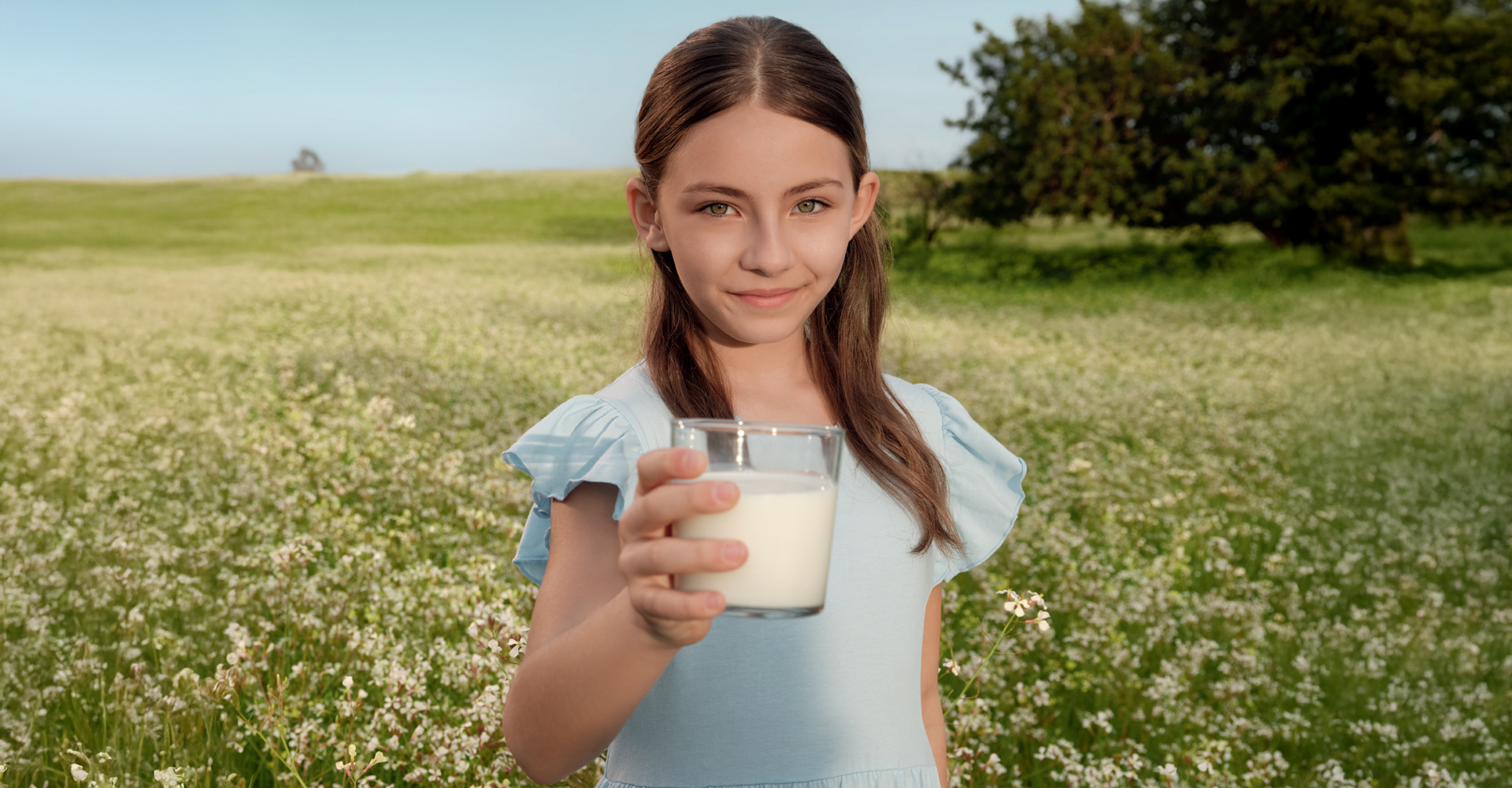

Usefulness and functions of milk proteins
Milk is an ideal food for athletes, as it provides excellent protein. Milk proteins are divided into two types: casein and whey.
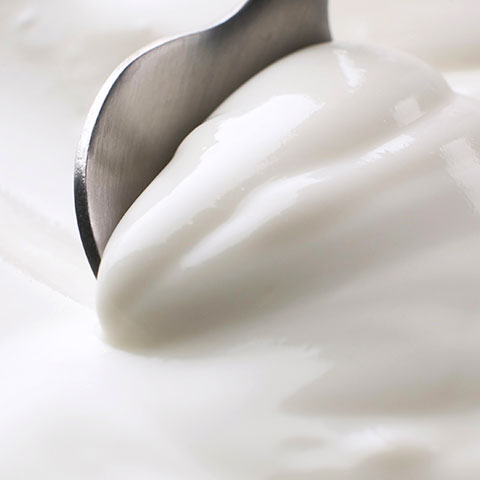
These proteins have the peculiarity of not coagulating with heat , except after prolonged heating, and therefore resist pasteurization and sterilization processes. However, they coagulate through acidification or the action of certain enzymes: it is precisely through a process of casein coagulation that yogurt and cheese are obtained.

These proteins are water-soluble and are considered among the best for human consumption as they have a high biological value . Biological value is determined by two fundamental characteristics. The first is their richness in essential amino acids , meaning those amino acids that our body cannot produce on its own but must necessarily obtain through diet. Whey proteins are particularly rich in these, even more so than egg proteins.

The second characteristic is their high assimilability thanks to their ease of absorption by our body. Lactalbumins and lactoglobulins (the name of the main whey proteins), thanks to their simpler structure compared to caseins, are digested very quickly after ingestion because they contain oligopeptides with immediate bioavailability. For this reason, they are recommended immediately after a workout . Whey proteins, unlike caseins, coagulate through a thermal process; ricotta is in fact obtained precisely this way.
Differences between breast milk and cow’s milk proteins
Milk is a vital food for children’s growth , as it supports the development of bones and teeth, strengthens the immune system , helps meet daily protein requirements, and is a great source of essential nutrients. But what are the differences between breast milk and cow’s milk? Let’s take a look.
– For newborns , breast milk is the best choice. Its nutritional values vary as the baby grows, adapting to the infant’s needs throughout the various stages of the first months of life. For this reason, cow’s milk is not recommended, as it has a standard composition and, during this delicate phase, could risk harming the infant’s health. If breast milk is not possible, there are types of formula formulated specifically for newborns and balanced for the various stages of the first year of life.
– Human milk has on average more lactose , more unsaturated fat (and a lower saturated fat content), more sugars and less protein, especially casein.
– From a caloric point of view, cow’s milk and breast milk are practically equivalent : breast milk provides approximately 65 calories per 100 g, while cow’s milk provides approximately 70.
– Unlike cow’s milk, the protein composition of breast milk varies depending on the stage of lactation. The whey protein concentration progressively decreases from the beginning of lactation until the end, while the casein protein concentration is low or completely absent at the beginning, increases rapidly, and then decreases again towards the end.
According to the European Society of Gastroenterology, Hepatology and Pediatric Nutrition, cow’s milk can be introduced as the main food in children’s diets after 12 months . Even before that, it can be used in small quantities in other preparations, such as mashed potatoes.






